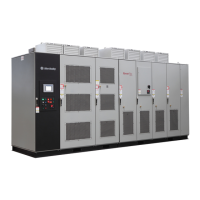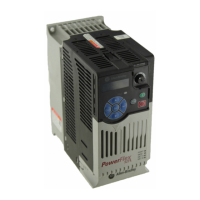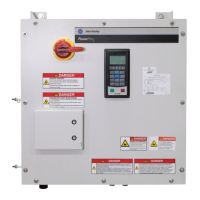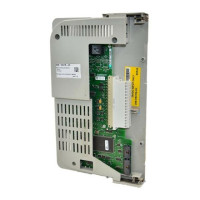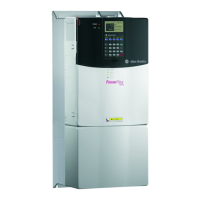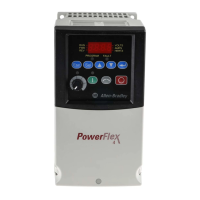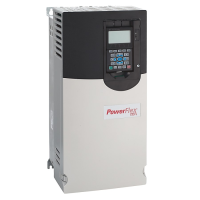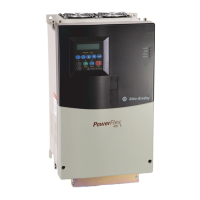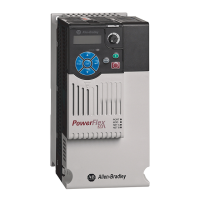2-142 Speed Control Speed Mode Speed Regulation
Process PI – See Process PI Loop on page 2-116
Encoder Feedback (PowerFlex 700 Only)
This section is under construction. If further information is required, please
contact factory.
Droop (PowerFlex 700 Only)
As the load on an induction motor increases, the rotor speed or shaft speed
of the motor decreases, creating additional slip (and therefore torque) to
drive the larger load. This increase in motor torque could cause undesirable
operation in some process. Typically, if two or more motors are
mechanically linked to the same load, this increased torque will cause one
motor to assume more of the load and it may set up an unstable “struggle”
between motors. In this case, the droop function will decrease the output
frequency to maintain a consistent torque level, allowing multiple motors to
“share” the work.
Without droop active, as the load increases, the rotor speed decreases
creating uneven loading on the motors.
With droop, the correct amount of compensation is deducted from the drive
output frequency based on motor load. Thus, the torque level decreases and
other motors can share the load. Conversely, when the load is reduced, the
rotor speed decreases momentarily until the droop decays to zero.
Application Considerations
The Droop function is enabled by selecting “Droop” as the speed control
method in [Speed Control]. The amount of Droop that will be subtracted
from the output frequency at full load is determined by the setting of the
[Slip @ F.L.A.]. The response of the droop circuit can be adjusted by setting
[Slip Comp Gain], 1 being the slowest and 40 the fastest.
The droop feature is used in applications that have two or more motors that
are mechanically connected via the load. Each drive must control only one
motor for the function to work properly. The control source should supply
all of the drives with an identical speed reference. This setup will allow the
system load to be shared by each motor.
Application Example - Automotive Chain Conveyor
The above diagram shows a typical example for the Speed Droop feature.
The chain conveyor is used to transfer car bodies through the final assembly
area. This application is usually a 5-15 HP motor with a 250:1 (typical) gear
reduction. Since the motors are mechanically interlocked, they will need to
load share. The “take-up” adjusts the tension of the chain but does not
directly affect the load of an individual motor. Therefore, the drive must
adjust the output frequency based on load changes.
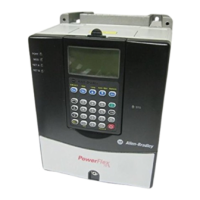
